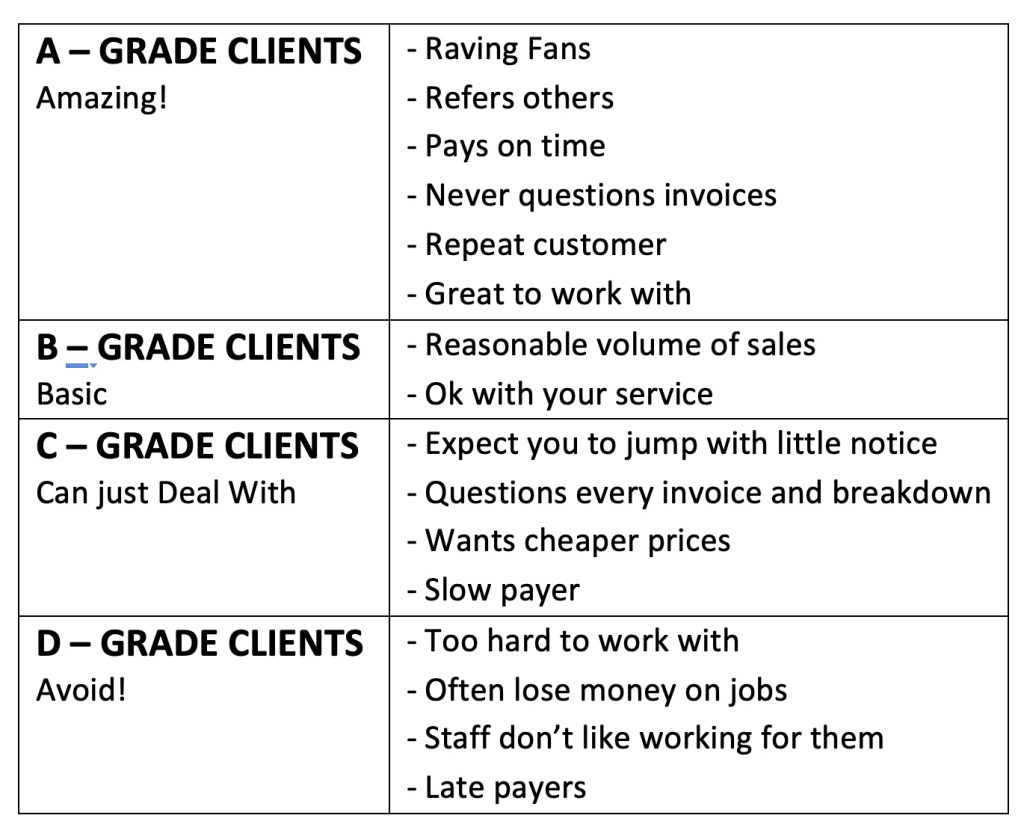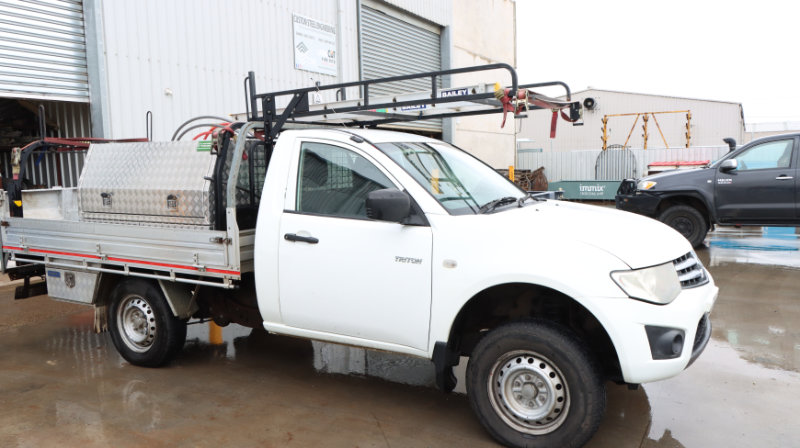Understanding Cost of Sales: A Valuable Tool for Tradie Business Owners In the world of business, knowing your numbers is crucial for making informed decisions and ensuring profitability. One essential aspect of financial analysis is the “Cost of Sales,”...
Understanding Cost of Sales: A Valuable Tool for Tradie Business Owners
In the world of business, knowing your numbers is crucial for making informed decisions and ensuring profitability. One essential aspect of financial analysis is the “Cost of Sales,” which plays a significant role in helping tradie business owners comprehend their financial performance and make strategic choices. Let’s explore what Cost of Sales is, its purpose, and how it can aid tradie business owners.
Cost of Sales, Explained:
The Cost of Sales represents the direct expenses incurred to produce the goods or services sold by a business. For tradie businesses, these costs typically include materials, wages, subcontractors, equipment rentals, and permits related to completing specific projects or jobs. Essentially, it encompasses all the direct costs associated with providing the services or products that generate revenue.
The Purpose of Cost of Sales:
The primary purpose of Cost of Sales is to enable business owners to gain a clearer understanding of their financial performance by separating direct expenses from other operational costs. It helps in evaluating the profitability of each job or project, making better pricing decisions, and predicting the impact of changes in sales volume on the overall profitability of the business.
Understanding Cost of Sales with an Example:
Let’s consider a simplified Profit and Loss (P&L) statement as an example. The P&L consists of three key components: Sales, Cost of Sales, and Operating Expenses.
Sales: This represents the total income generated by the business from its services or products.
Cost of Sales: This includes the direct costs incurred to deliver those services or products, such as materials, labor, subcontractors, equipment, and permits.
Operating Expenses: These are the fixed costs that remain relatively constant, regardless of changes in sales volume. Examples include rent, utilities, insurance, and administrative expenses.
For instance, suppose a tradie business with $100,000 in sales incurs $50,000 as Cost of Sales and has fixed operating expenses of $25,000. The calculation would look like this:
Sales: $100,000
Cost of Sales: $50,000
Operating Expenses: $25,000
Profit: $100,000 – $50,000 – $25,000 = $25,000
The Impact of Sales Growth:
Now, if the business experiences a doubling of sales to $200,000, the Cost of Sales would also likely increase the same ratio to $100,000. The fixed operating expenses would remain unchanged at $25,000. The revised calculation would be:
Sales: $200,000
Cost of Sales: $100,000
Operating Expenses: $25,000
Profit: $200,000 – $100,000 – $25,000 = $75,000
The Significance of Cost of Sales:
As seen in the example, analysing Cost of Sales helps business owners predict the impact of changes in sales volume on profitability. By separating out direct expenses from fixed operating costs, tradie business owners can make more accurate pricing decisions, assess project profitability, and identify areas for cost optimisation.
For more insights on profit and loss, be sure to explore my other videos on the subject.
More tradie tips can be found in my free book “The Wealthy Tradie Book 2- How To Make Your Business Rake In The Cash”, you can grab a copy by following this link. Or you can book a free strategy session here.
The post Cost Of Sales Explained appeared first on Action Coach Geelong.











